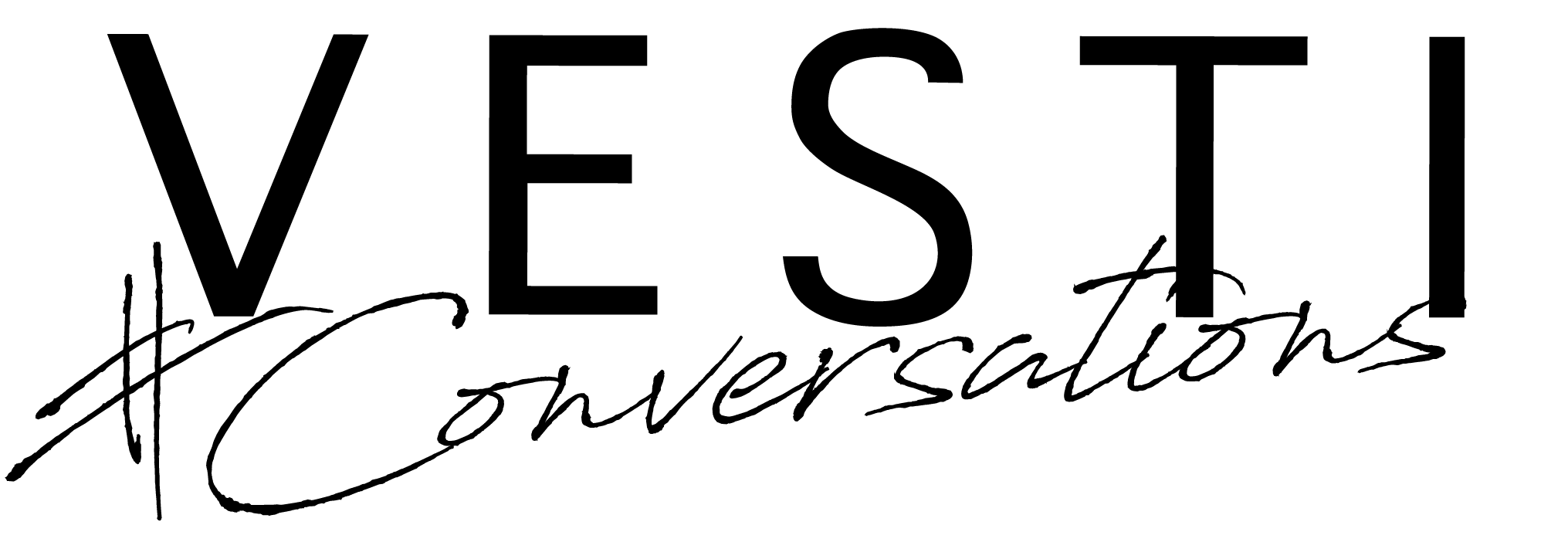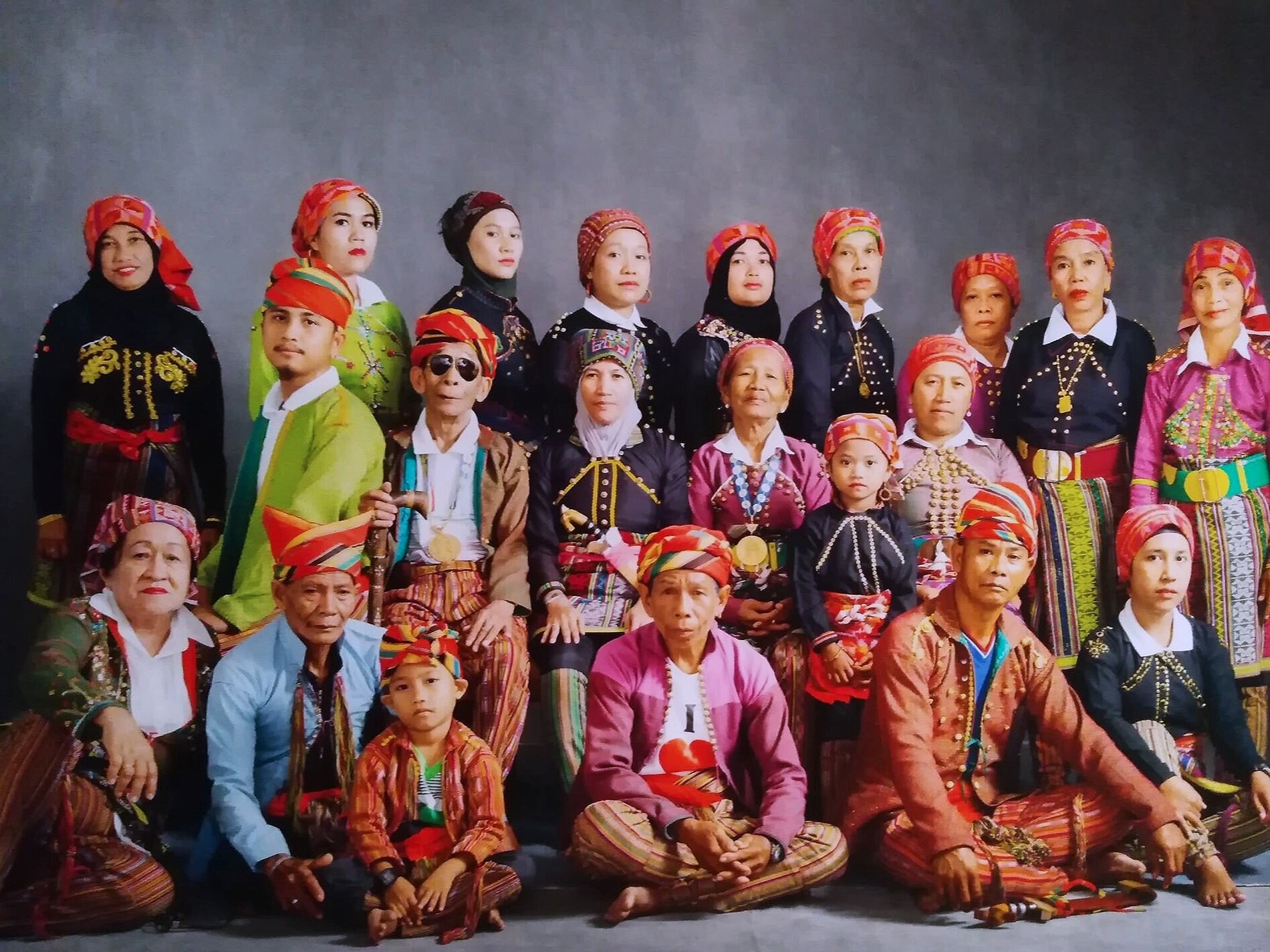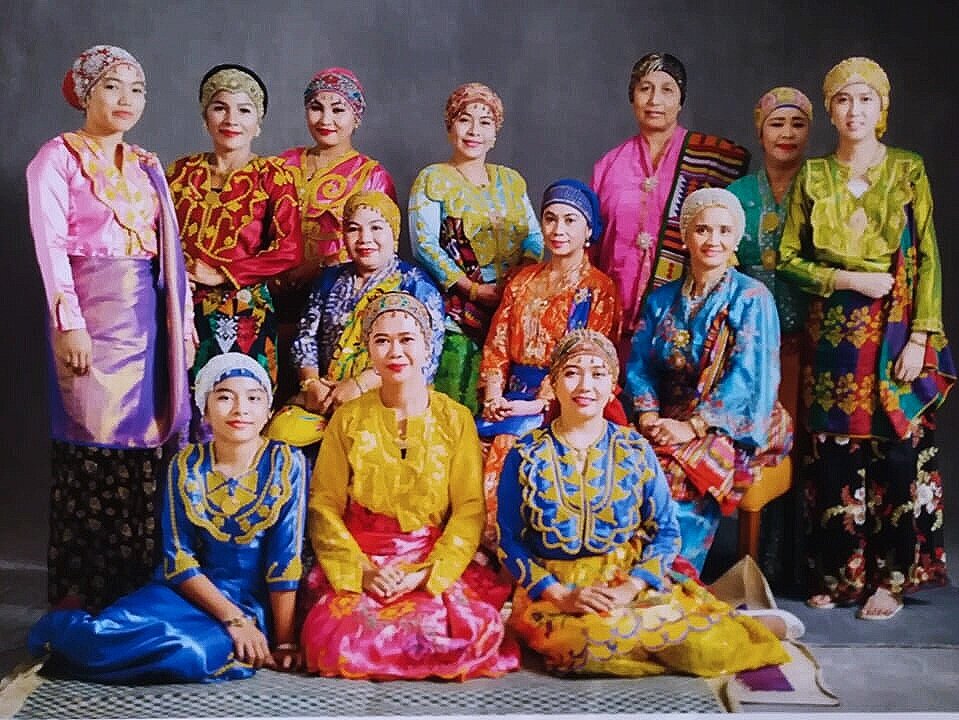The Lifeblood of Our Trade : A Tribute to the Mindanaoan Indigenous Peoples
by VESTI
October is the National Indigenous Peoples’ Month in the Philippines and VESTI pays tribute to the tribal-artisan communities that we have been partnering and continuing to work with. To introduce their worlds and crafts to a global stage and to inspire us to keep innovating and developing new ways to present the beauty of our heritage.
VESTI works primarily with Mindanaoan tribes, south of the Philippines, as the brand calls it home. Rich in weaving culture and colorful traditions, these indigenous peoples allow VESTI to be part of their communities and share together a passion for creativity and design while providing livelihood and a sense of cultural appreciation. We also acknowledge the difficulties these people face on their daily and we hold hands as much as we can to support and improve not only their lives but ours as well.
We celebrate some of the most engaging and beautiful tribal-artisan communities we are dearly inspired by.
YAKAN
The Yakans are concentrated in Tipo-tipo ,Lamitan, Sumisip, and Tuburan in the Basilan Island of ARMM. There are also scattered populations on the islands of Sakol, Malanipa, and Tumalutad east of the Zamboanga Peninsula. The word Yakan means “Dayak Origin,” as they are believed to be descendants of the Orang Dyaks or Tagihamas of eastern Indonesia. They speak a dialect of Sama language and are culturally influenced in some respect by the Tausug.
The Yakans’ chief means of livelihood is farming, and they usually cultivate upland rice. They do not normally live in compact villages, building their houses just out of sight of their nearest neighbors, on their plots of farmland. The prominent person in each community of Yakan is the iman, who combines both religious and sociopolitical leadership. The Yakans are famous for their beautiful weaving and their colorful traditional clothes and customs.
*Text and image from Bureau of Cultural Heritage Bangsamoro Autonomous Region in Muslim Mindanao
Yakan weaves are given as gifts for important occasions, as peace offerings during times of conflict, or bartered in trade for daily necessities. Woven using body-tension backstrap looms, the textiles feature colorful and elaborate geometric designs and patterns that draw their inspiration from nature. This includes the bunga sama (based on the diamond), the sinaluan (small bands of bisected and quartered lozenge shapes), the pussuk labbung (saw-tooth pattern) and the kabban budi (triangular-rectangular design). The Yakan tapestry may reveal a com- bination of rice grains, mountains, flowers, and dragons.
VESTI has created a line of using the Yakan weave as the focal point for durable everyday and travel bags paired with high quality calfskin leather both in women and men’s collections as well as in kids. Shop here.
VESTI Team in Yakan Village Zamboanga
TAUSUG
The dominant ethnic group in the Sulu archipelago because of their political and religious institutions, the Tausug occupy Jolo, Indanan, Siasi, and Patikul in Sulu (ARMM). There are also scattered settlements in Zamboanga del Sur and Cotabato, and all the way to Malaysia, which has an estimated Tausug population of more than 110,000.
Tausug is a combination of tau (person) and suug (the old name of Jolo Island). The present generation of Tausugs are believed to be descended from the different ethnic groups that had migrated to the Sulu archipelago.
The Tausug language is adopted from the vocabulary of Tagimaha, in whose locality the Sultan of Sulu lived and established Buansa, the capital of the Sultunate. They have two dialects: parianum and gimbahanun. Parianum is spoken by the people living along the coasts of Jolo and gimbahanun, by those living in the interior part.
*Text and image from Bureau of Cultural Heritage Bangsamoro Autonomous Region in Muslim Mindanao
The Pis Siyabit is used as a headcloth (pis) and characterized by its geometric (syabit) designs executed in the tapestry weave. Characterized by diamond shapes, diagonal crosses, and zigzag motifs inside small squares and rectangles, these designs are said to be derived from the Hindu mandala patterns. Predominant colors are pink, orange, and maroon shades, sometimes with a touch of white or green.
The Tausug of Jolo, Sulu is an Islamic community structured around a sultanate. They used to weave cotton and silk textiles from imported yarns. For the Tausugs, weaving is an expression of their culture and identity, as well as their way of life.
VESTI colorful and iconic unique pieces such as the disco bags have used the ultra eye-catching metallic pis siyabit weaves, seen as well on the kids line . Shop here.
MAGUINDANAON
The Maguindanaon, or Maguindanaw for some, inhabit North Cotabato, South Cotobato, Sultan Kudurat, Zamboanga del Sur, and Maguindanao; the latter having the largest concentration. Maguindanaon means “people of the flood plain” for they primarily inhabit the broad Pulangi river valley and delta which occasionally flood.
The Maguindanaon are divided into two principal groups, each with its own dialect and traditional location: The Tau-saIlud (people of the lower valley) and the Tau-saLaya (people of the upper valley). The Tau-saIlud are concentrated in the areas around Cotabato City and extend to South Dinaig. Traditionally, they constituted the Sultanate of Maguindanao based near present day Cotabato City. Their dialect is characterized by more rapid, “harder” consonant intonations, with preference for using “d” rather than “r” and variations on the use of “l” and “r”. They’re renowned as sedentary wet-rice agriculturalists.
*Text and image from Bureau of Cultural Heritage Bangsamoro Autonomous Region in Muslim Mindanao
The Inaul (also pronounced as inol) is usually made into malong or wraparound skirts commonly and regular- ly used by the Maguindanaw. It depicts the community’s rich Muslim culture and heritage with its striking colors, intricate brocade patterns, and use of metallic threads. It has more than 20 designs with riyal, the heirloom piece being the rarest since it is no longer being produced and hard to find. Other notable designs include umpak which is embroidered-laden and hard to do, binaludto or rainbow, panigabi or taro, and the rare tie-dye binaludan called ikat by the T’boli and the people of Cordillera.
The three types of threads being used in weaving are tanor which is cottony, the silky rayon, and katiyado which is the shiny type. The colors are also reflective of the Maguindanao culture: red for bravery, orange and yellow for royalty, green for peace and tranquility, black for dignity, and white for purity and mourning.
VESTI limited edition pieces saw the beautiful Inaul weave treated like royalty often paired with valuable minerals like 24k gold plated rings and gem crystals for the women who deserve to be treated like queens . Shop here.
T’BOLI
The T'boli (Tagabili to lowlanders) are an animist ethnic group inhabiting highland areas in southwestern Mindanao, centering on Lake Sebu (TauSebu is another of the people's names). Their immediate neighbors are the Manobo and Bilaan, other animist upland peoples (with whom they are often in conflict). The T'boli rely on Muslim traders for contacts with the lowlands and maritime trade.
In the T'boli origin myth, the god D'wata warns humans of a coming deluge. La Bebe, La Lomi, T'mefeles, and La Kagef hide inside a huge bamboo. After the waters recede, the four split their way out of the bamboo. La Bebe and La Lomi married, becoming the ancestors of the Christian Filipinos. La Kagef and T'mfeles also join and go on to produce 10 sons and daughters. Of these, Bou and Umen are the ancestors of the T'boli. The other 8 form couples; their descendants are the other non-Christian peoples of Mindanao, both Muslim and non-Muslim.
*Photo by Patricia Araneta of PositivelyFilipino.com
The T’nalak is produced through the ikat (resist-dye) technique and considered as a valuable possession used during mo-ninum or wedding ceremonies and exchanged for prized trade goods. T’nalak is a distinctive abaca cloth that traditionally comes in three colors: deep reddish brown, black, and white. Some well-known t’nalak patterns include the bangala (man in house), klung (shield), sawo (python), nipa, g’mayaw(mythical bird) and the tofi (frog), all based on the basic sigul, a zigzag arrangement of triangles or rhombs, comprising the overall pattern set in the cloth.
According to the beliefs, the designs for the t’nalak are conveyed from the weaver’s dreams, and that the spirit of Fu Dalo (guardian of t’nalak designs) begins to reside in the cloth at the start of its production, thus warranting extreme care to prevent breakage of the yarns while weaving.
VESTI fun pieces usually involves the use of the distinguishable t’nalak - from cube bags to kids line - it’s a dream to work with this material and the tribe. Shop here.
May we always help enrich the lives of our indigenous brothers and sisters, appreciate the culture, and better their livelihoods. Cheers!



















